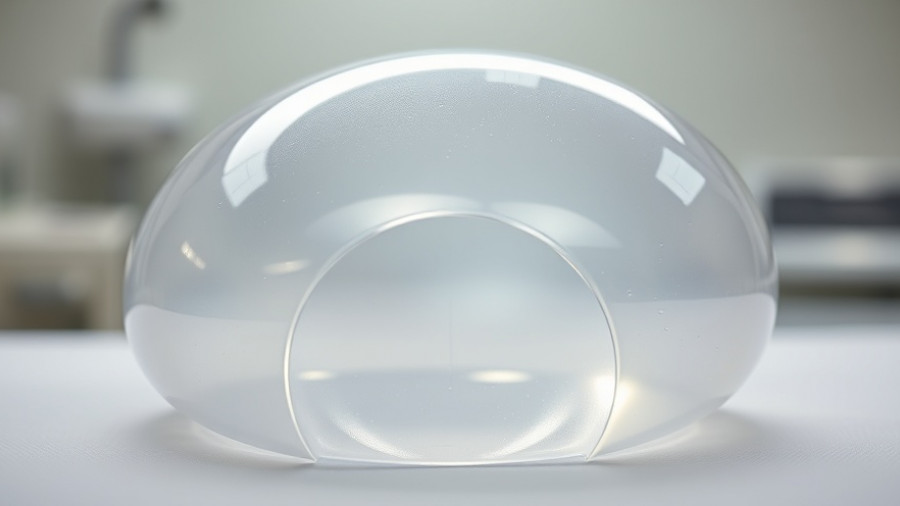
Understanding Hair Loss and GLP-1 Medications
For many women considering aesthetic changes or weight management, GLP-1 medications like Ozempic and Wegovy have emerged as leading solutions due to their impressive weight-loss results. However, with these medications comes the concern of potential hair loss, raising a vital question: Is your GLP-1 medication causing hair loss?
Common Concerns Surrounding GLP-1 Medications
Reports of hair loss among users of GLP-1 medications have sparked a deeper investigation into the cause. Experts believe that while these medications are not directly toxic to hair follicles, the rapid weight loss they induce can trigger telogen effluvium (TE). This condition results in widespread shedding across the scalp rather than localized bald spots, distinguishing it from other hair loss types.
Recognizing Telogen Effluvium and Its Triggers
Normally, around 5-10% of hair follicles are in a resting phase (telogen), leading to unnoticed shedding. With TE, a larger proportion of hair enters this phase, often two to three months after a significant stressor, such as starting GLP-1 therapy. If you find more hair on your brush or in the shower, it could be a sign of TE related to GLP-1 usage. It’s essential to distinguish this condition from other forms of hair loss, which may have different patterns or implications.
Strategies to Prevent Hair Loss While on GLP-1 Medications
To mitigate the risk of hair loss during weight loss, experts recommend a cautious approach:
- Adopt a Low-and-Slow Weight Loss Method: Slow weight loss allows the body to adapt without triggering excess stress on hair follicles.
- Maintain Adequate Nutrition: Focus on a balanced diet rich in protein, vitamins, and minerals. Nutritional deficiencies, particularly in iron, vitamin D, and B12, can exacerbate hair loss.
- Consult a Specialist: If experiencing noticeable shedding, scheduling an appointment with a board-certified dermatologist is crucial. They can rule out other potential causes and provide tailored advice.
Treatments and Products to Consider
When it comes to managing GLP-1-related hair loss, several treatment options are available:
- Topical Minoxidil: This over-the-counter solution is well-regarded for stimulating hair growth across various types of shedding.
- Medical Treatments: In-office therapies such as PRP injections or low-level laser therapy may also enhance regrowth prospects.
- Gentle Hair Care Products: Use shampoos containing beneficial ingredients like ketoconazole or peptides that can support scalp health without causing irritation.
What to Avoid During Treatment
Alongside treatments, you should avoid certain practices and products that can worsen hair conditions:
- Steer clear of biotin as its efficacy is unproven for telogen effluvium, and it can interfere with laboratory results.
- Avoid harsh scalp scrubs that could lead to mechanical breakage.
- Limit heavy oils that can clog follicles and exacerbate shedding.
How Long Until Recovery?
The good news is that hair loss associated with TE is generally temporary, but recovery can take time. Observing a stabilizing weight often helps the body reset the hair cycle, leading to regrowth within months. If shedding persists beyond a year, further medical evaluation is recommended to identify underlying issues.
Seeking Professional Help
If you’re concerned about hair loss linked to GLP-1 medications, take the first step by consulting a dermatologist. They can guide you through managing and treating hair loss while sustaining your health objectives. Remember, the journey to wellness and aesthetic goals is complex, but you're not alone.
 Add Row
Add Row  Add
Add 




Write A Comment